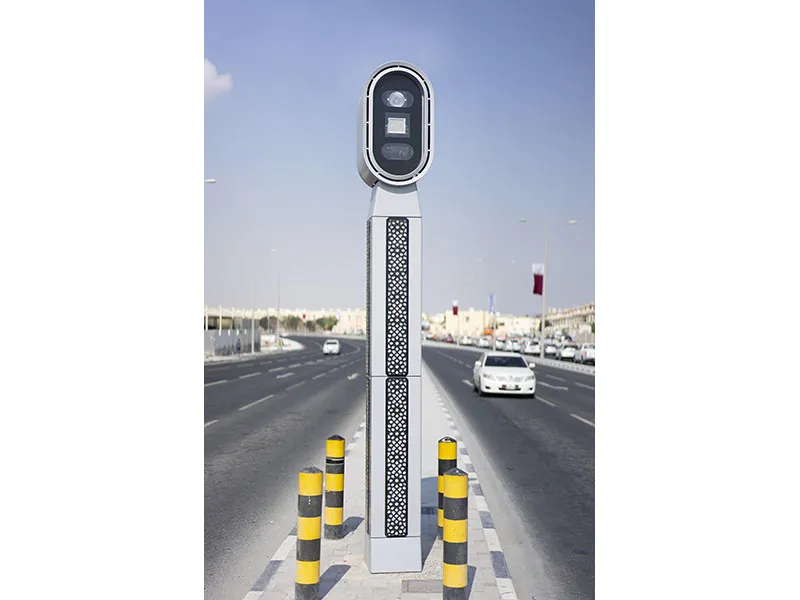Biometrics are used to verify a person’s identity when applying for, or renewing, a driver licence.
Sandra Slater, TMR’s chief information officer, says the licences are hard to “forge or alter” which helps reduce the risk of identity theft.
Unisys says its Stealth(Identity) solution will capture biometric data used and provide configurable application programming interfaces to integrate biometric authentication across physical and digital channels, including mobile devices.
Rick Mayhew, vice president of Unisys Asia Pacific, says: “Queensland TMR will use Stealth(Identity) to help prevent fake or fraudulent licenses from being issued and protect citizens’ identities. At the same time, moving to a cloud-based subscription solution will help increase flexibility to reduce operational costs for the department.”
As part of the deal, Unisys will provide service desk support for the existing fleet of facial image capture devices, case management software and field services to support TMR service centres.
Unisys helps Queensland identify driver licence applicants
The Queensland Department of Transport and Main Roads (TMR) in Australia has chosen Unisys to provide facial image processing technology for the state’s smart card driver licences.
September 18, 2019
Read time: 1 min









